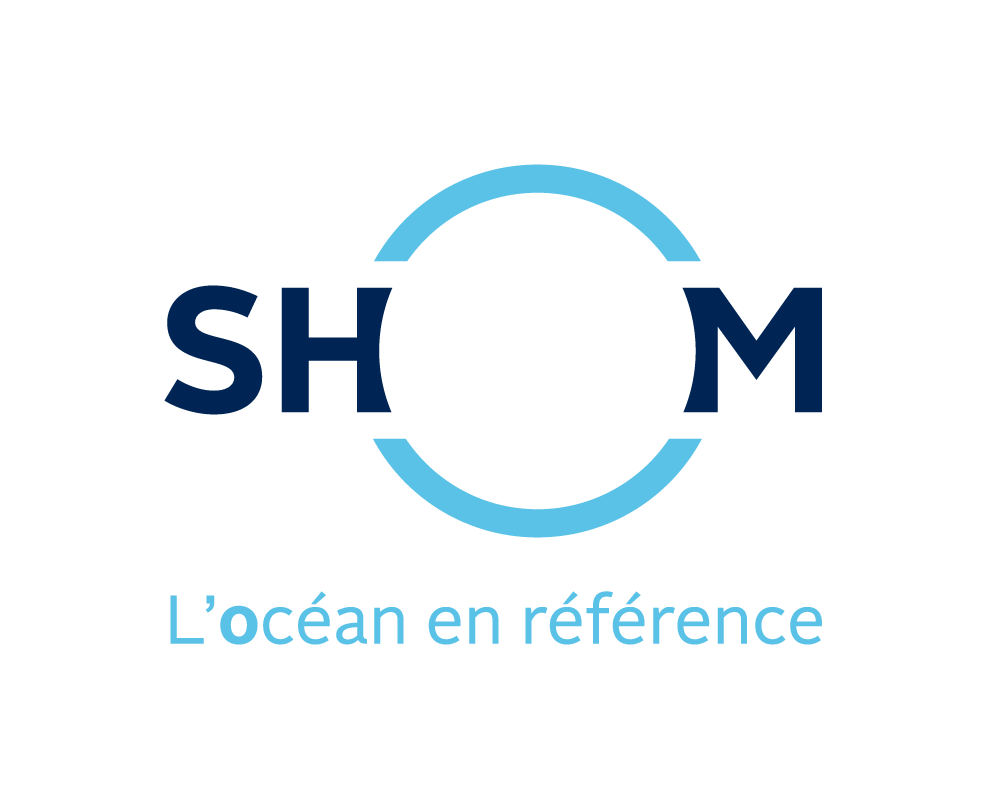Marine Strategy Framework Directive
Type of resources
Available actions
Topics
INSPIRE themes
Keywords
Contact for the resource
Provided by
Years
Formats
status
Scale
-
Oxygen regime class layer in the Black Sea produced by EMODnet Seabed Habitats as an input layer for the 2016 EUSeaMap broad-scale habitat model. The map of oxygen regime classes was produced using underlying potential density anomaly at the seabed and thresholds derived from statistical analyses or expert judgement on known conditions. Detailed information on the modelling process is found in the EMODnet Seabed Habitats technical report and its appendices (Populus et al, 2017, link in Resources).
-
Areas of high riverine inputs for EUSeaMap 2016 Biological zone model. The map cover the Adriatic Sea(Po river plume), east Mediterranean (Thessaloniki gulf and bay, the Maliakos gulf, and Geras gulf in the Aegean Sea) and the Black Sea (Dnieper-Bug river plume area). These are were handled separately in the EUSeaMap 2016 modelling process. This layer is one of several habitat descriptors used to model biological zone and habitat class. To establish the limit of these areas datasets on salinity and water temperature were used, where possible. Detailed information available in Section 2 of: Populus J. et al 2017. EUSeaMap, a European broad-scale seabed habitat map. Ifremer. http://doi.org/10.13155/49975
-
Salinity regime class layer in the Baltic Sea and Kattegat strait in the North Sea/Baltic Sea., Produced by EMODnet Seabed Habitats as an input layer for the 2016 EUSeaMap broad-scale habitat model. The map of salinity regime classes was produced using underlying salinity data at the seabed and thresholds derived from statistical analyses or expert judgement on known conditions. Detailed information is found in the EMODnet Seabed Habitats technical report and its appendices (Populus et al, 2017, link in Resources).
-
Energy class layer produced by EMODnet Seabed Habitats as an input layer for the 2016 EUSeaMap broad-scale habitat model. The extent of the mapped area includes the Baltic Sea, and areas of the North Eastern Atlantic and Arctic extending from the Canary Islands in the south to Norway in the North. The map of energy classes was produced using underlying wave and current data and thresholds derived from statistical analyses or expert judgement on known conditions. Detailed information on the modelling process is found in the EMODnet Seabed Habitats technical report and its appendices (Populus et al, 2017, link in Resources).
-

Output of the 2016 EUSeaMap broad-scale predictive model, produced by EMODnet Seabed Habitats and aggregated into the Benthic Broad Habitat Types of the Marine Strategy Framework Directive (as defined in the Commission Decision 17 May 2017). The extent of the mapped area includes the Mediterranean Sea, Black Sea, Baltic Sea, and areas of the North Eastern Atlantic extending from the Canary Islands in the south to Norway and Iceland in the North. The map was produced using a "top-down" modelling approach using classified habitat descriptors to determine a final output habitat. Habitat descriptors differ per region but include: Biological zone Energy class Oxygen regime Salinity regime Seabed Substrate Riverine input Habitat descriptors (excepting Substrate) are calculated using underlying physical data and thresholds derived from statistical analyses or expert judgement on known conditions. The model is produced in Arc Model Builder (10.1). For more information on the modelling process please read the EMODnet Seabed Habitats Technical report (See Online Resources) The model was created using raster input layers with a cell size of 0.002dd (roughly 250 meters). The model includes the sublittoral zone only; due to the high variability of the littoral zone, a lack of detailed substrate data and the resolution of the model, it is difficult to predict littoral habitats at this scale. For details on methodology see: Populus J. And Vasquez M. (Eds), 2017. EUSeaMap, a European broad-scale seabed habitat map. Ifremer Available from: http://archimer.ifremer.fr/doc/00388/49975/
 Metadata catalogue
Metadata catalogue